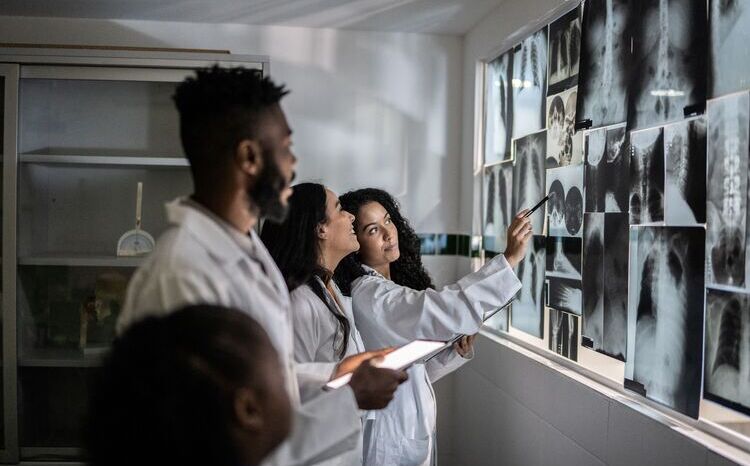Growth predicted in cardiology information systems
- 29 October 2007
The next big growth area for IT systems in radiology departments across Europe is predicted to be dedicated cardiology information systems.
A new report sizes the cardiology information systems market in Europe at €18.7 million in 2006, and predict it will grow to €58 million by 2013.
Analysts Frost and Sullivan claim that after the introduction of picture archiving and communications systems (PACS) the next priority areas for diagnostic image processing and communication are in the specialties of orthopaedics, neurology, oncology, histology and cardiology.
Of these disciplines cardiology is the largest producer of images and associated clinical and administrative information.
Frost and Sullivan say that as a result, departmental cardiology information systems (CIS) have emerged and, combined with a cardiology PACS, have become the leading software feature in modern cardiology departments.
“The growing emphasis on routine screening for individuals 45 years of age and older is merely indicative of the shift in recent years in the medical community away from acute interventional care and towards preventative care,” said Frost and Sullivan industry analyst Konstantinos Nikolopoulos.
“As a result, cardiac screening is now starting at a much earlier age, as physicians seek to uncover potential cardiovascular issues before the onset of chronic cardiopulmonary disease. This new philosophy is likely to contribute to the heightened demand for CIS.”
Frost and Sullivan say the drive towards CIS is part of a wider drive towards enterprise-wide applications such as hospital information systems, PACS and end-to-end administrative applications. The firm says that as no single enterprise solution can provide adequate coverage for the unique needs of every clinical speciality, departmental systems in areas such as cardiology are generally preferred.
“In cardiology, there is a growing demand to integrate the cardiology information system to the diagnostic equipment and medical devices within the department, triggering tremendous internal efforts for vendors to integrate their solutions portfolio,” said Nikolopoulos.
“Vendors are facing increased demand for systems of broader scope that maintain an open systems architecture and facilitate integration even with third-party products – a change both necessary and challenging for the majority.”
Although different clients have different demands from a CIS product, integration with other hospital IT systems seems to be emerging as one of the primary user requirements.
“From the hospital manager’s perspective, a key strategy would be to achieve integration so as to provide clinicians with all the data in order to give them the best possible view of their patient’s condition,” says Nikolopoulos. “CIS vendors should be able to provide such high levels of integration with other departmental or enterprise IT systems.”
Jon Hoeksma




